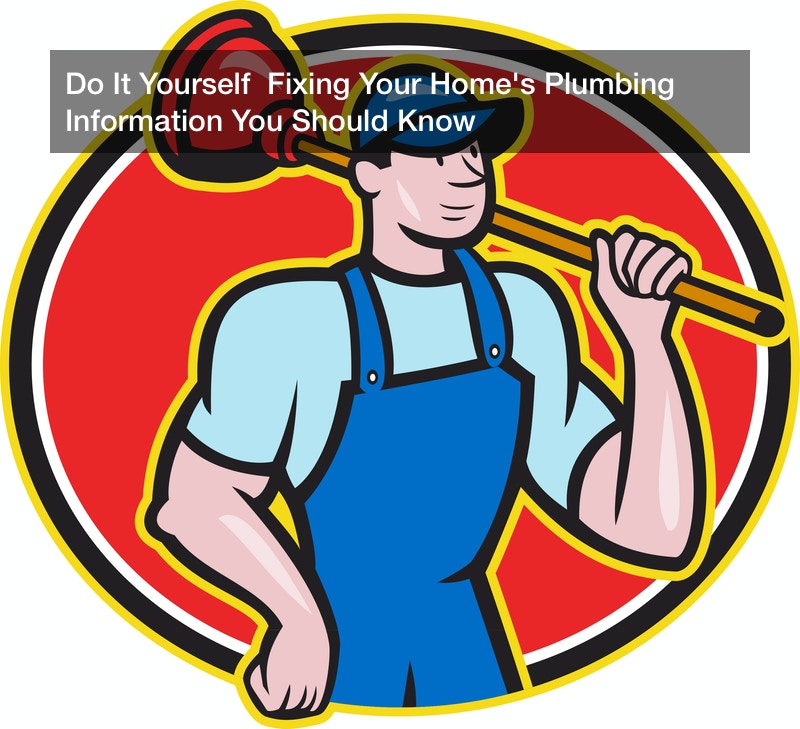
In the United States, many homeowners encounter good times and bad times during their life in their home. Some of these bad times involve their responsibilities as a homeowner. For example, realizing that pipes and drains in your home have leaks. After all, leaks can waste an ample amount of water, which definitely costs you money. This is because the holes in your hoses let out all the water. If you’re a homeowner and you realize your house is having plumbing issues, you can certainly fix these pipes, hoses, and leaks on your own. Yes, do it yourself! Here’s information you should know when you’re attempting to fix your home’s plumbing.
Hose Clamps For Plumbing
To begin, there is some information you should know about hose clamps, because there are many! Essentially, hose clamps, by definition are devices used to attach and seal a hose. Many people refer to hose clamps as heavy duty zip-ties. This means that hose clamps are ideal for healing holes that cause leaks within your plumbing. Since there are many sizes of hose clamps, and many materials that they are composed of, certain hose clamps are ideal for certain situations. Here are the types of hose clamps you should consider depending on what you plumbing issue you’re facing:
Heavy Duty Hose Clamps: A Heavy duty hose clamp is definitely a reliable clamp. With a heavy duty hose clamp, you do not need to worry about the leak in your hose breaking through the clamp and wasting more water. A heavy duty hose clamp ensures that there is even pressure on each side of the hose, the hose is sealed completely, and it can know work effectively and efficiently. If you have an extreme leak in your hose, and it seems like you are losing a lot of water, you’ll want to use a heavy duty hose clamp for this leak.
Additionally, it is important to note that you should possibly measure the size of your leak. This helps you when you’re attempting to choose the hose clamp for your plumbing issue. This is because it ensures that the hose clamp can seal up the leak properly. If you do not have the proper size hose clamp, it may be too big or too small for the leak and therefore, it will not be able to reach it to close it up. So, measure the leak and you’ll be able to pick out the proper size of your hose clamp!
Mini Hose Clamps And Large Hose Clamps: As previously mentioned, the size of your hose clamp really matters. This is why there are mini hose lamps and large hose clamps. Mini hose clamps are just as they sound, they are the tiniest of hose clamps used for the smallest leak. Large hose clamps are used for bigger hose clamps.
Screw And Band Clamps: These hose clamps are the most common clamps to heal a leak, among other things. However, these clamps only work if you have a screwdriver. For this common, stainless steel clamp, you’ll take your screwdriver and turn it clockwise if you need to tighten it around the leak. You’ll then turn the screwdriver counterclockwise if you need to release the hose clamp from the area of the hose. These hose clamps are ideal for areas that are easy to access. If your hose or pipe is in a difficult spot, you’ll want to use a different clamp. This is because it will be hard to access the clamp and the leak, as well as use the screwdriver to place it in the specific area.
Spring Clamps: These types of clamps come highly recommended. They are ideal because they can be used on any type of hose and any type of leak. Additionally, they are easy to apply, they provide your hose with the correct amount of pressure, they are durable, and they react to temperature.
Stainless Steel Clamp: You’ll want a stainless steel clamp because they are not negatively affected by water. In addition, a stainless steel clamp is durable and long lasting. Therefore, you’ll be sure that your leak is forever fixed.
Some Other Search Terms:
how to do the plumbing
piping system in a house
plumbing how it works
residential plumbing systems
typical house plumbing
understanding plumbing
water plumbing
your home plumber
basic home plumbing diagram
basic plumbing repair
bathroom piping system
building piping system
different plumbing systems
everything about plumbing
function of plumbing
home depot plumbing supplies
home plumbing company
home plumbing plans
home plumbing supply
house plumbing guide
house plumbing plan
house water supply diagram
